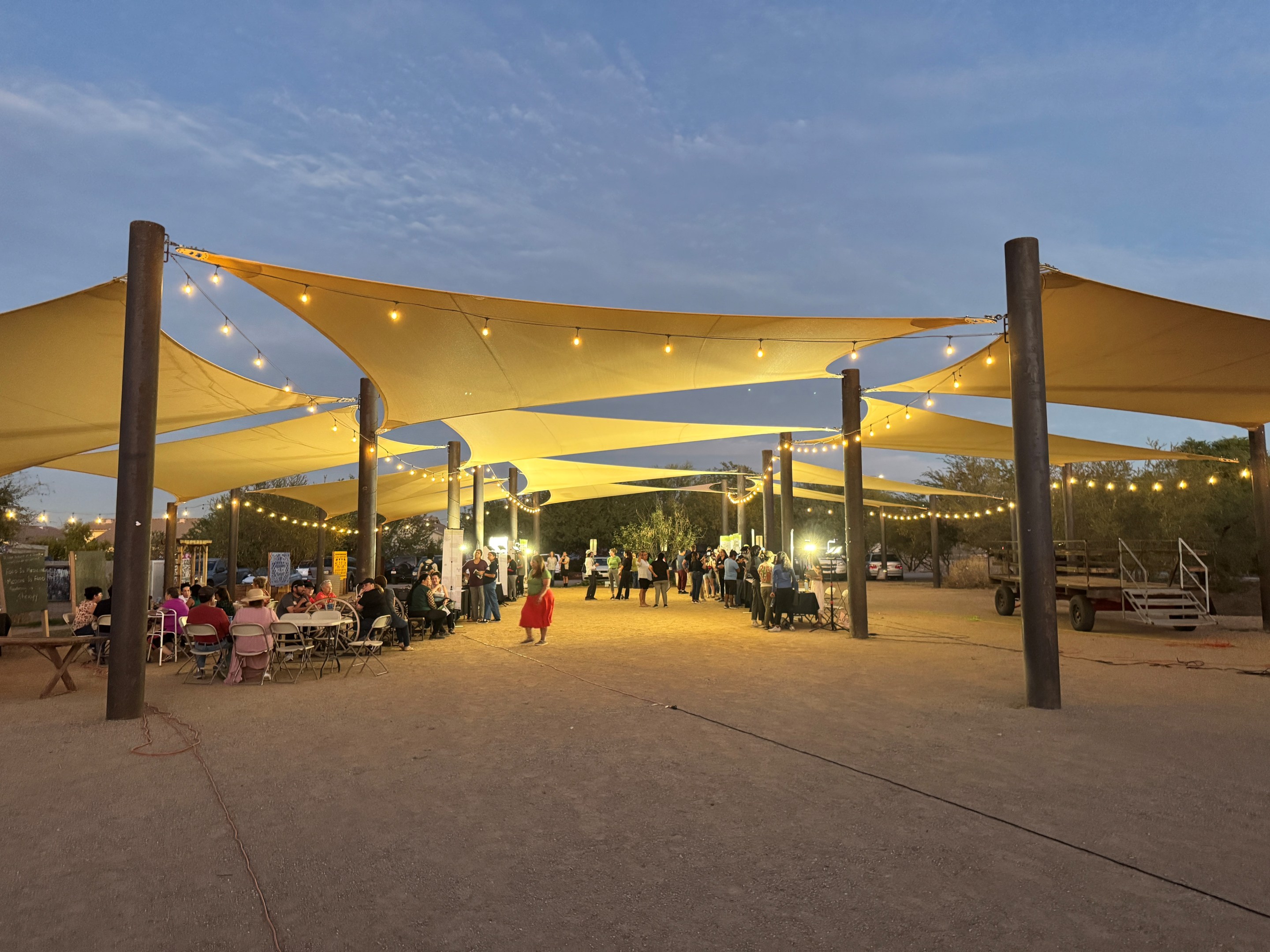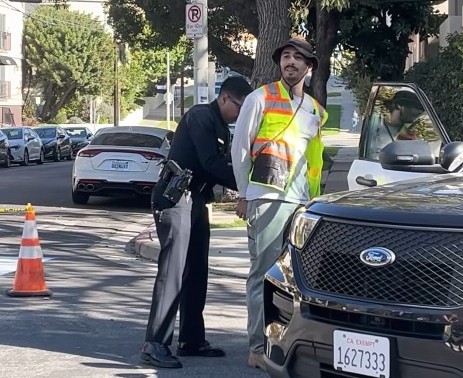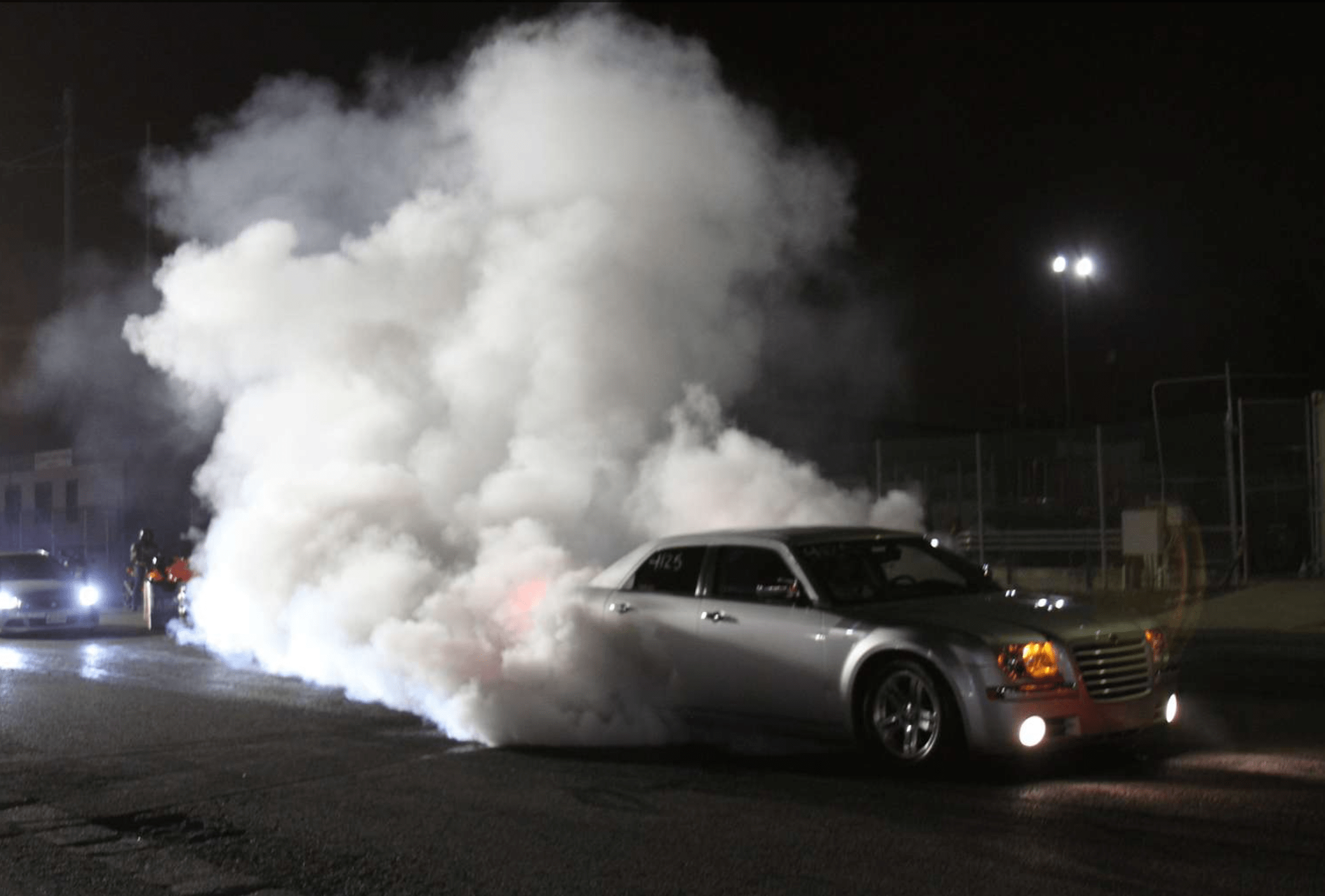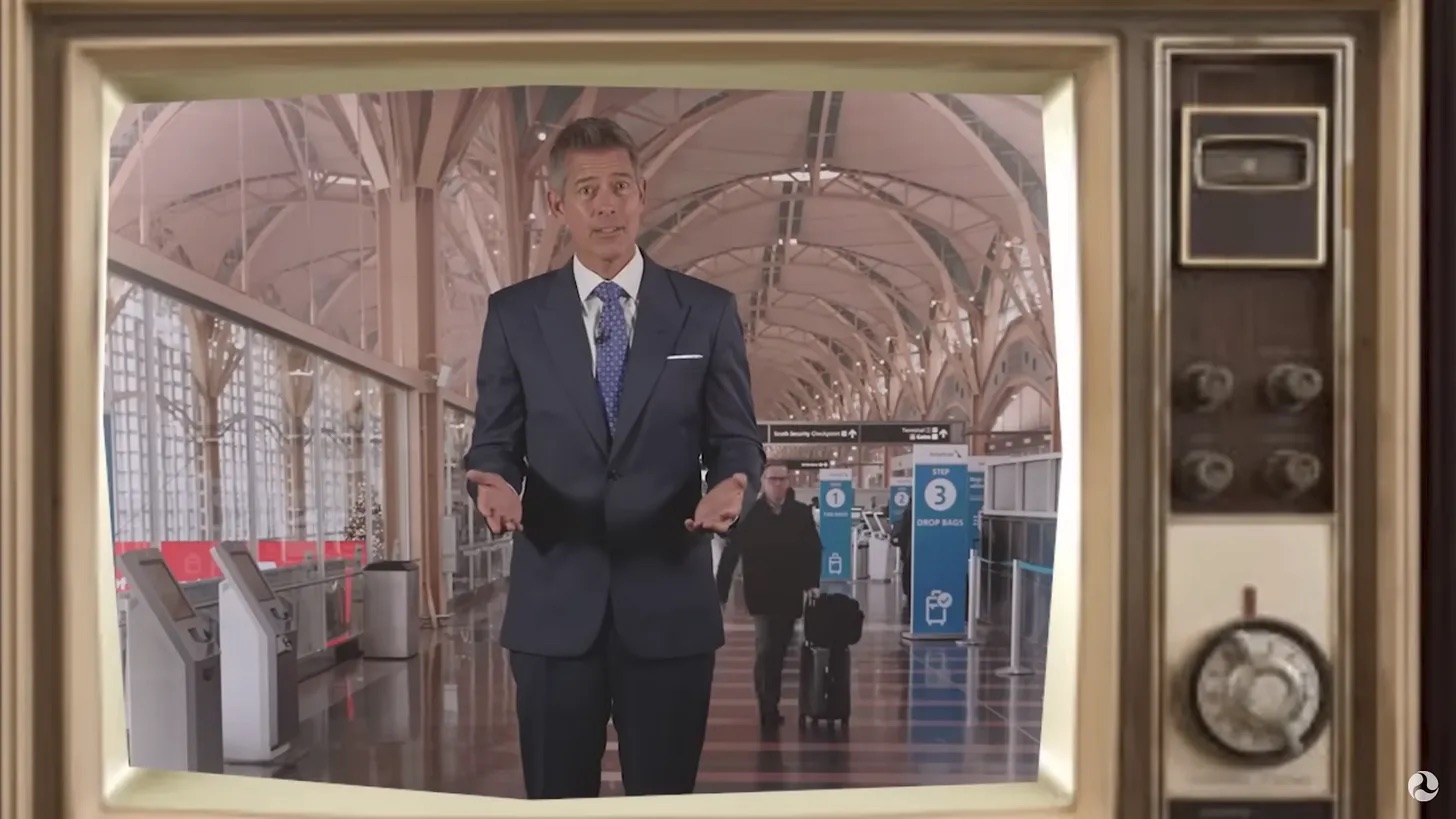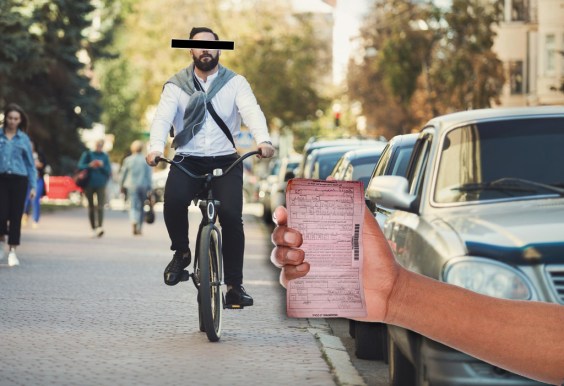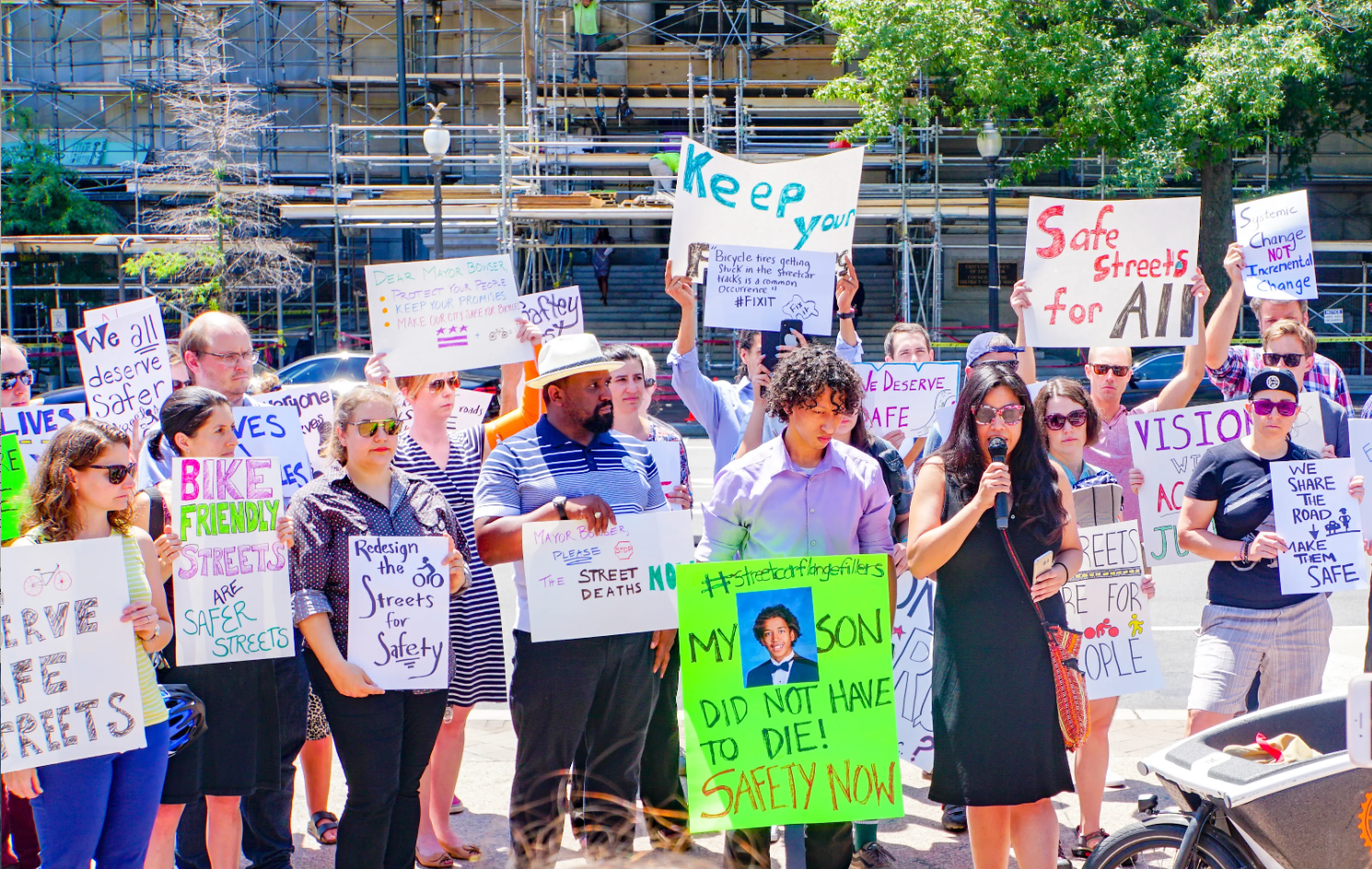More than a decade ago, Kate Gallego had a seizure that temporarily cost her the ability to drive — and opened her eyes to the difficulty of getting around her city of Phoenix without a car. Now, in her third term as the mayor of that sprawling Arizona city, she's pushed for some of the most aggressive multimodal transportation investments in the city's history, including a new shade plan to tackle the impact of the notoriously sweltering heat on people who walk, roll, or wait for a ride.
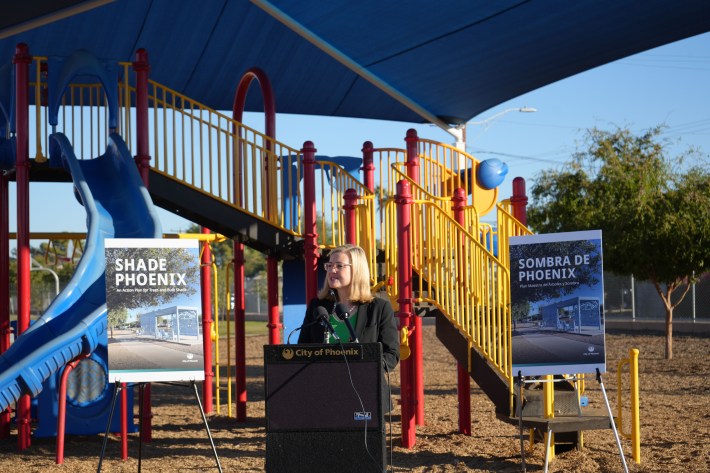
On this episode of The Brake, we dive deep into how Phoenix is using next-level data to put shade investments into the neighborhoods that need them most, how shade structures can do double-duty as public art and play space, and the cultural challenges of fighting for multimodality in a place built around the car.
Listen below, and scroll for a few bonus images of Phoenix's innovative shade structures. There's an edited transcript at the bottom:
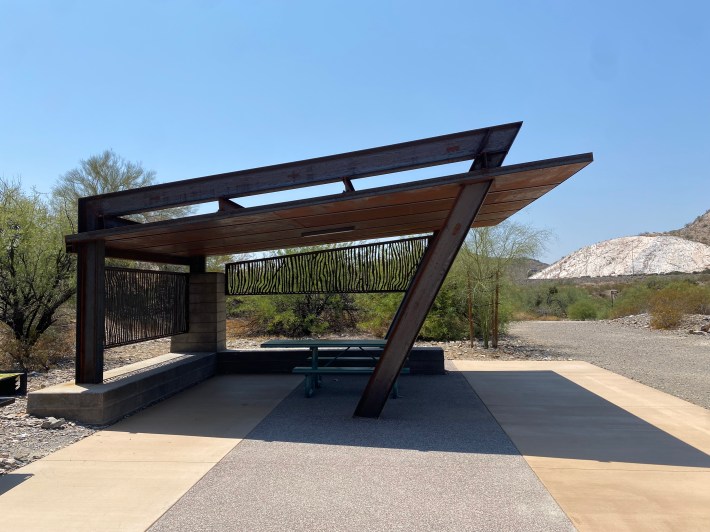
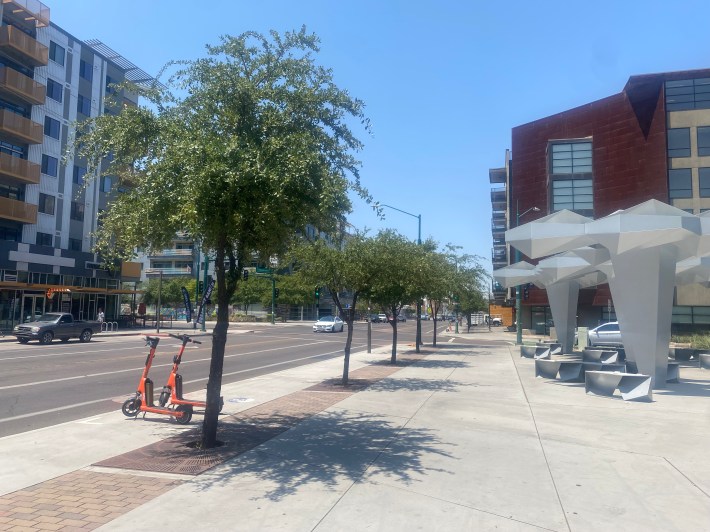
The following excerpt has been edited for clarity and length.
Streetsblog: Tell me about the genesis of this ambitious shade plan, and how you found the funding and political support to get it off of the ground.
Mayor Kate Gallego: So back in my days as a city volunteer, we did a tree master plan for the city that set a citywide goal for tree cover. We have since learned that we need to be more intentional and really focus on transportation corridors or places where kids will be playing outdoors, adult recreation. We don't want to plant a ton of trees in our beautiful Sonoran desert mountains, we want to support the natural ecosystem, which in most of our parks is in a healthy, great state. So this is really focused on the street-level infrastructure, parks and schools.
The new plan is much broader than the original plan, which just focused on trees. Like when we do public art, we ask, "Can it provide shade?" We're investing in hundreds of new man-made structures, as well as 27,000 trees. We're trying to map out the city and put the tree in shade where people are most likely to be traveling on foot. We hope that it'll make it more comfortable because in our community, we have two seasons sunny and sunnier.
We want people to be out walking for more of the year, and we've seen that shade really makes a difference. We've actually gotten international attention because we have something called the walkable urban code, where we're trying to put 70 percent shade cover in the areas of the city where people walk the most. It's really exciting to see what a difference it makes and how it activates the streets.
Back when I first ran for office, the city protected the area above the sidewalk as belonging to the public, and we didn't want anyone to build into it, so we would discourage canopies that would overhang the sidewalk on private buildings. And now we've really changed the way we think about shade, and we want developers to create shaded, inviting spaces.
Streetsblog: Did you receive any pushback to this initiative? It just has to be said: Phoenix has a reputation for being a really car-dependent place planned explicitly around the automobile.
Gallego: We did public opinion polling last year [and] asked our voters what they were most excited about, and one of the most popular elements citywide, across parties, was heat resilience, infrastructure that would help shade and create more comfortable communities. It was not too far behind fire stations (people really wanted more firefighters in the city). So that was really gratifying.
What I tell other mayors is, if it's something that's widely supported here, it's probably replicable in most communities. For some cities, the shade may help in winter to protect people from snowstorms, but I think that creation of more public space and more comfortable space really can benefit so many cities, whether you're trying to activate your downtown or have safe routes to school.
